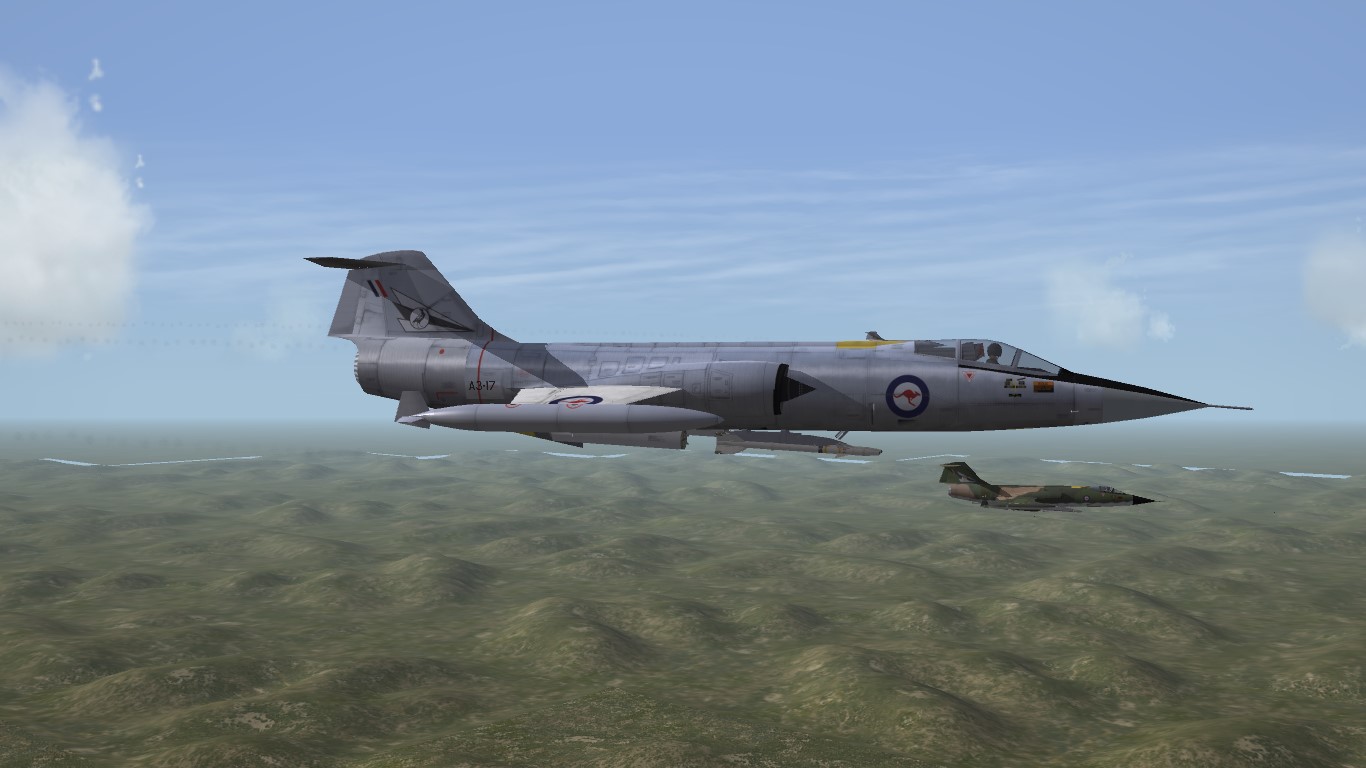My bet is on Vigilante or V-bombers,
Bucc and Vig even the Thud and Phantom are in advanced development, and seem like good fits depending on budgets. Ignoring costs, Vulcans would be fantastic. Mirage IV is further out, the specs were just written.
Hunters or the Gnat, are possible budget conscious choices to augment the Sabres. Super Sabres, Nings, Drakens, Starfighters, Mirage and Mystares, etc. Are possible upgrades. Phantoms are getting close to flying, but more pricey.
Wasn't Murdoch's post-US and -UK tour's answer in the mid-50's for Vulcan's and Starfighters? Obviously, neither type entered service with the RAAF. There are other cost and political factors at play in this scenario, but it seems unlikely that there would be much different suggestions on the "wish list". Both of these are more capable than most contemporary alternatives, though more expensive.
I wonder if you couldn't get the B-47's that were later offered in the sixties any earlier. And if you did, ... I wonder if you couldn't give CAC work re-engining them with their Avons. I don't know what a used B-47 costs, but I'm sure it's substantially cheaper than a brand new Vulcan!
RAAF is still flying Lincolns over Malaya in addition to the Canberras. I wonder if you couldn't get B-50's (including KB's) at significant discount, as well. Not sure the expenditure of effort would be worth the return.


